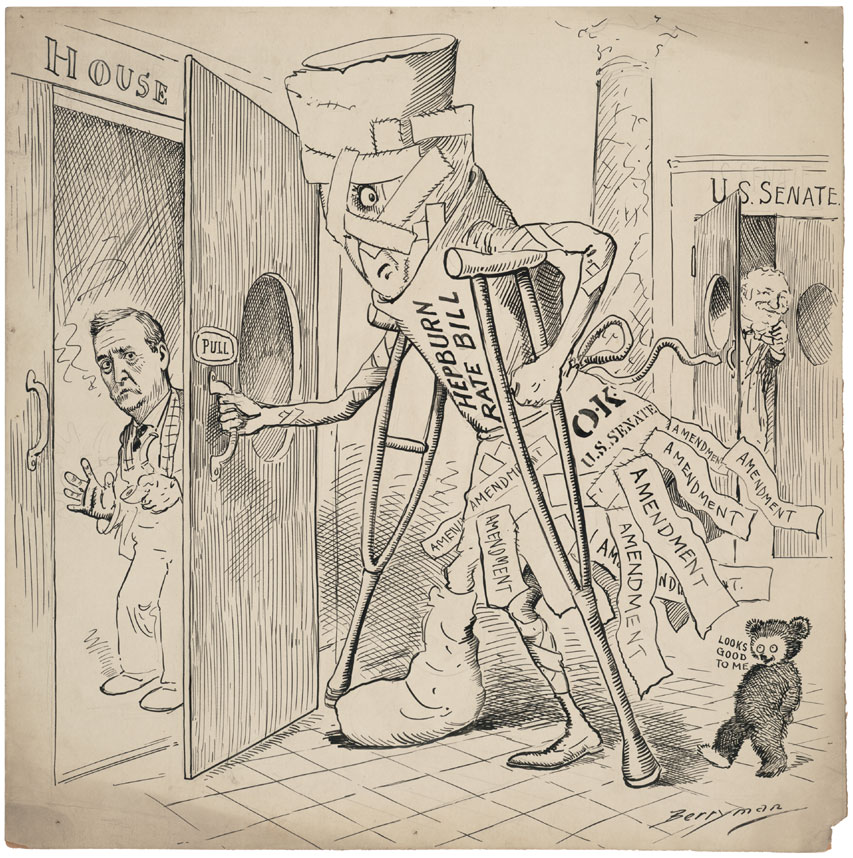
After a piece of legislation is drafted, the first step in the legislative process is the introduction of a bill in the House or Senate. The bill is then referred to committee(s) for consideration. Because a bill's introduction happens on the floor of Congress, this step in a bill's progress is noted in the Congressional Record. Since a bill eventually has to work its way through both the House and Senate to become law, sometimes, to save time, a bill introduced in one chamber will have a companion bill introduced concurrently in the other.
A bill is numbered as H.R.___ or S.____. Numbers are assigned in the order of introduction in a session of Congress, with the numbers thus starting anew every two years. Within a session of Congress, there can be multiple official versions of a bill reflecting changes on its way to passage, including:
Please note, access to certain databases linked in this guide may be restricted to UT Law or the UT community; please see the library's Databases page that lays out access privileges.
Beyond bills, Congress can also take three other kinds of legislative measures known as Resolutions that are similar to, but distinct from, bills.
Joint, Concurrent, and Simple Resolutions can generally be found using the same resources that you would use to find bills.
See Bluebook citation, Rule 13.2.
The standard elements of a bill's layout include:
Bluebook citation, Rule 13.2: H.R. 1, 107th Cong. (2001).

View full-text at GPOAccess.
The resources below will help you located the text of bills. However, if you are not able to find them in a resource below remember the following tips:


Image from the National Archives.
